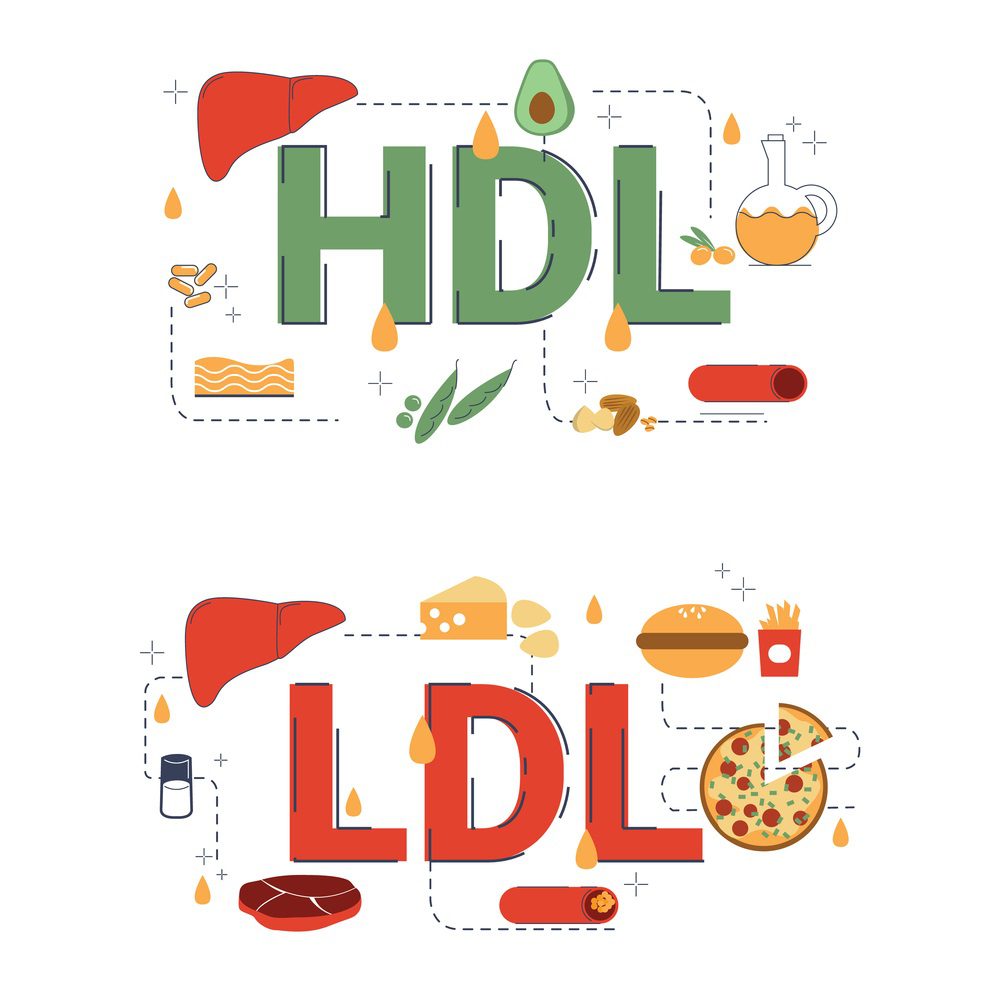 A lipid profile test measures the content of cholesterol and fats (triglyceride) in your blood, which gives the doctor a quick overview of what is happening in the blood and keeps them aware of any dangerous illness. A moderate amount of cholesterol and triglyceride is required for the body to function properly. But too much content can lead to strokes, heart diseases, and clogging of arteries. Therefore, the lipid profile test helps in detecting risks of heart disease or any other severe illness.
A lipid profile test measures the content of cholesterol and fats (triglyceride) in your blood, which gives the doctor a quick overview of what is happening in the blood and keeps them aware of any dangerous illness. A moderate amount of cholesterol and triglyceride is required for the body to function properly. But too much content can lead to strokes, heart diseases, and clogging of arteries. Therefore, the lipid profile test helps in detecting risks of heart disease or any other severe illness.What Does A Lipid Profile Test Measures?
Cholesterol and triglycerides are lipids that are conveyed in the body through lipoproteins. The lipoproteins in a lipid profile test are categorized by their densities. A lipid panel usually includes the following:
-
CHOLESTEROL
This is the total content of cholesterol in the blood.
-
HDL ( GOOD CHOLESTEROL )
This is referred to as good cholesterol as it measures the cholesterol in HDL particles. This helps in removing excess cholesterol from the body by taking it to the liver.
-
LDL ( BAD CHOLESTEROL )
This is known as bad cholesterol as it drops excess cholesterol to the blood vessels which can lead to atherosclerosis. It calculates the cholesterol content in LDL particles.
-
LDL HDL RATIO
-
non-HDL
-
TOTAL CHOLESTEROL HDL RATIO
-
TRIGLYCERIDE HDL RATIO
-
TRIGLYCERIDES
This measures all the triglycerides stored in the fat cells. Diabetic, overweight, and alcoholic people can have levels of triglyceride.
-
VLDL

What Are The Risks Of Being A Victim Of High Cholesterol?
A person might be at risk of high cholesterol if he is:
- Overweight or obese
- Alcoholic
- Smokes cigarette
- Physically inactive
- Eat unhealthily
- Has a family history of heart diseases and high cholesterol
- Diabetic
- Has kidney diseases
What Are The Symptoms Of Dyslipidaemia?
Dyslipidaemia is the abnormal levels of blood lipid levels (cholesterol and triglyceride) that can be too high or too low. Following are the symptoms of Dyslipidaemia:
- Headache
- Sweating
- Dizziness
- Chest pain
- Nausea and vomiting
- Heartburn
- Indigestion
- Leg pain
- Difficulty in breathing


What Can Be Done To Prevent Risks Of High Cholesterol?
To prevent high cholesterol you can:
- Quit Smoking
- Eat vegetables and fruits
- Exercise regularly for at least 30 minutes
- Avoid eating foods that are high in sodium and fats
- Avoid stress






1 Comment